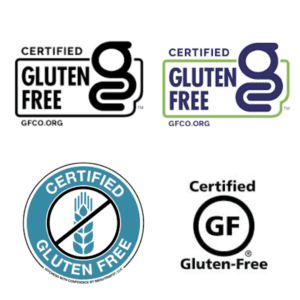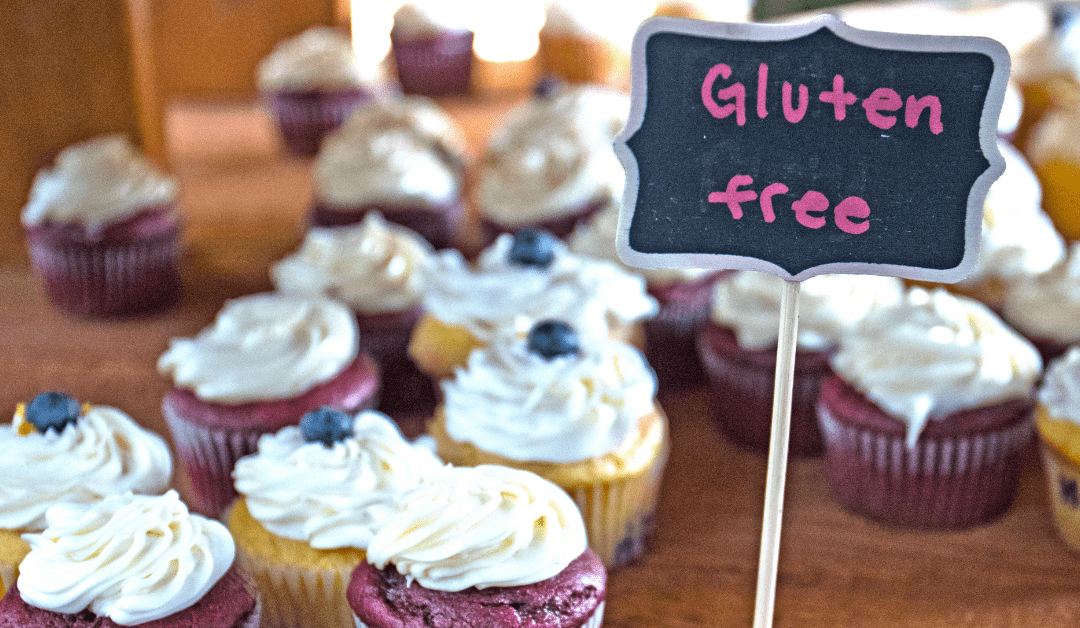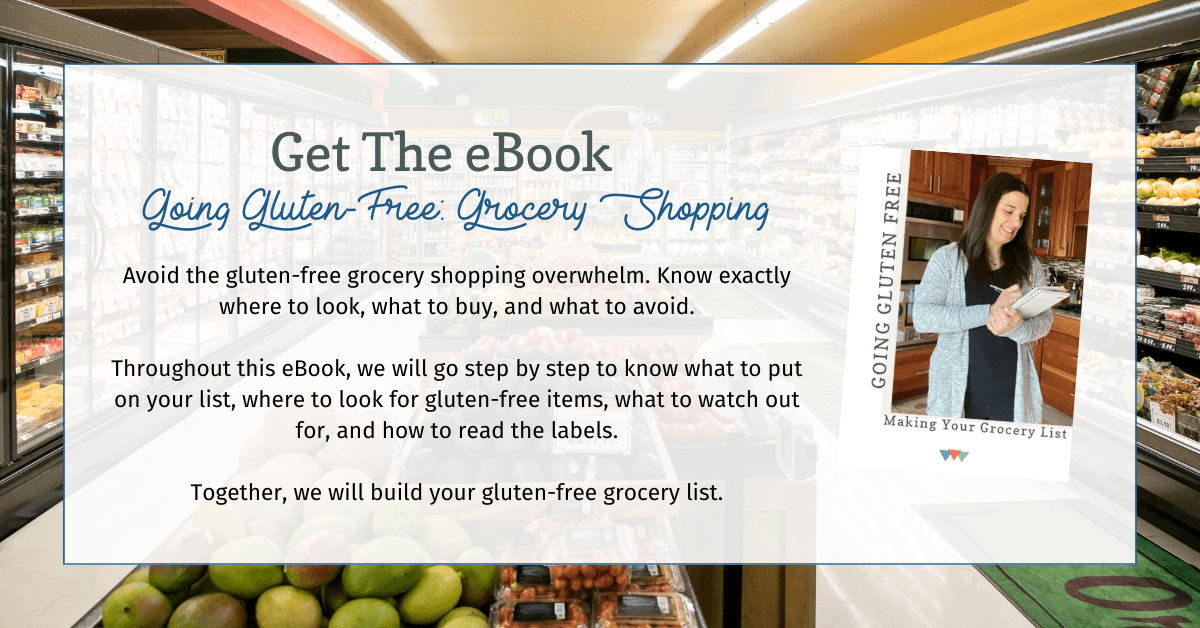To help understand what to look for when going gluten-free, it’s important to understand what gluten’s purpose is. According to the Celiac Disease Foundation, “Gluten helps foods maintain their shape, acting as a glue that holds food together.” This is why, at first, it will feel like gluten is in everything you own. It probably is.
Let’s break down how to determine if something is gluten-free so you can start making the changes needed to heal your body.
Gluten Ingredients to Look For
One thing you will become quite familiar with when you hit the grocery store is reading labels. Just consider food labels your new best friend. However, a common misconception is that gluten is just wheat. It’s easy to look at the ingredients and say, “Oh, it doesn’t have wheat; we’re good.”
You’re not.
Gluten is a protein that is found in not only wheat but also barley, rye, and triticale.
When reading the food labels, you need to look for all of these but also things that are made using these ingredients such as graham, kamut, malt, brewers yeast, etc.
I promise it might seem overwhelming right now, but there are ways to ensure you are safely taking care of your body.
Allergy Information
The next step is to look for the allergy information. Usually, this is printed right below the ingredients list.
Packages will list allergy information on the side. This will say something along the lines of “Processed in a facility that also processes wheat, dairy, and nuts.” If cross-contamination is a concern, this is an important piece to look out for.
It means that while the food was being processed, it’s possible that there was gluten circulating in the air and could have wound up in your food. Depending on your gluten tolerance levels, it may or may not be safe for you to eat this food.
The Certified Gluten-Free Label

Don’t worry, there is a little logo that makes this all a lot easier, the certified gluten-free logo.
The safest way to purchase gluten-free food from the grocery store is to look for the certified gluten-free label. According to the Gluten-Free Certification Organization: “The GFCO certification mark stands for the independent verification of quality and integrity, and products that carry the mark represent unmatched reliability for meeting the strictest of gluten-free standards.”
This is the safest way to shop for food, especially if you are allergic to gluten. This ensures that there is no gluten anywhere near the food when it is processed.
For more advice on gluten-free grocery shopping. Download our eBook, Going Gluten-Free: Making Your Grocery List. Inside we talk about reading labels, shopping safely for food, and more.
ABOUT ME

Hey There, I’m Kristin, a gluten-free nutrition coach helping gluten-free families adjust to their new lifestyle.




Glad I found this it’s going to really help me being all new to knowing of GF.
I’m so glad you found it helpful! What is the number one place you find yourself stuck right now?